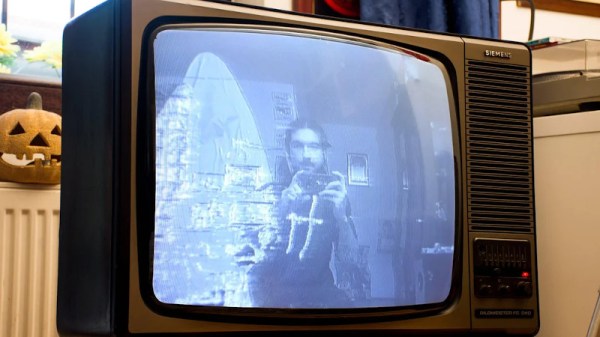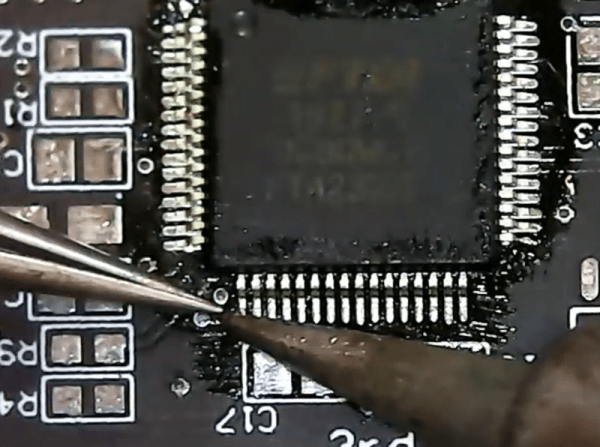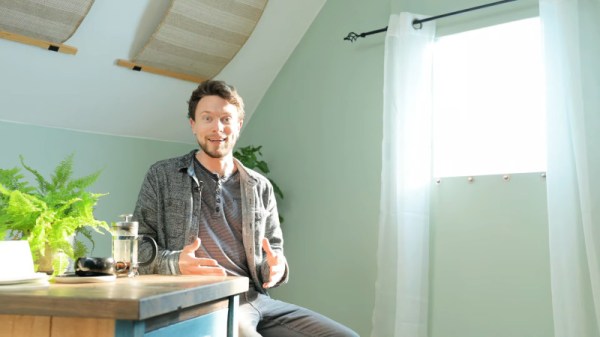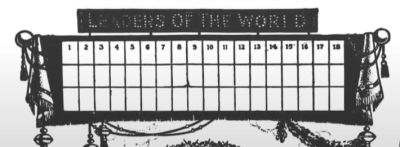Hallowe’en may be over for another year, but that just means you’ve got more time to prepare your build for next time. [gocivici] has a fun twist on the classic mirror scare that might be just up your alley.
The build starts with an old black and white TV, hooked up to a Raspberry Pi 3. The Pi films the scene in front of the television through a camera secreted into the screen’s headphone jack, and displays it on screen. The camera feed is run through OpenCV, which runs face and eye detection algorithms to determine when a person is looking at the screen. Based on a basic timer script, when a viewer has looked long enough, a ghostly apparition is displayed, lurking behind the viewer. When the user looks over their shoulder, the apparition quickly disappears, as per the classical horror trope.
It’s a fun build that would make an excellent set piece for your next Hallowe’en party. For extra effect, be sure to secret it down a dark hallway with some IR LEDs illuminating the scene for the camera only. If you prefer something with a little more whimsy, consider these animated singing pumpkins instead. Video after the break.
Continue reading “Haunted TV Does Mirror Scares With Raspberry Pi”




















